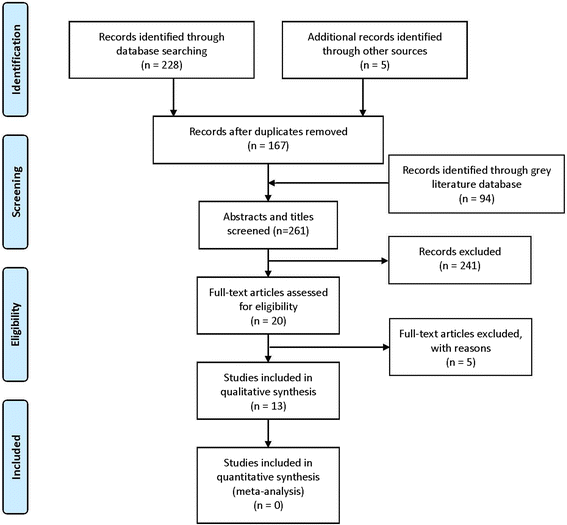Effect of protraction facemask on the temporomandibular joint: a systematic review
- PMID: 29530039
- PMCID: PMC5848518
- DOI: 10.1186/s12903-018-0503-9
Effect of protraction facemask on the temporomandibular joint: a systematic review
Abstract
Background: The aim of this study was to assess the influence of protraction facemask (PFM) on temporomandibular joint (TMJ) of skeletal Class III malocclusion patients.
Method: Literature searches were carried out electronically in five English and three Chinese databases (Cochrane Database of Systematic Reviews, the Cochrane Central Register of Controlled Trials, PubMed, Embase, MEDLINE (via Ovid), Chinese Biomedical Literature Database, China National Knowledge Infrastructure, and VIP Database). The date of the most recent search was 22 March 2017. Randomized controlled trials, controlled clinical trials, cohort studies, and before-after studies comparing the effect of PFM and other treatments on TMJ were included. The data were collected and extracted by three authors. The risk of bias in the RCTs was assessed in accordance with the Cochrane Handbook for Systematic Reviews of Interventions. For the nonrandomized studies, the risk of bias was judged with Newcastle-Ottawa Scale.
Results: For the 261 articles identified, 13 studies with 522 participants were included for the final qualitative analysis. Three studies were graded as high value of evidence, while seven studies and the other three studies were graded as moderate value and low value respectively. According to the available evidence, PFM contributed to the significant increase of CondAx-SBL and the significant decrease of CondAx-ML. Thin-plate spline (TPS) analysis showed a horizontal compression in condyles. Condyles tended to move superiorly and posteriorly. Concerning the occurrence of temporomandibular disorders (TMD), PFM was not involved in aggravating TMJ symptoms and signs.
Conclusions: Clinical evidence suggests that PFM might contribute to the morphologic adaptation of TMJs and displacement of condyles, and PFM may well be not a risk factor for the development of TMD.
Keywords: Orthopaedic treatment; Protraction facemask; Systematic review; Temporomandibular joint.
Conflict of interest statement
Ethics approval and consent to participate
Not applicable.
Consent for publication
Not applicable.
Competing interests
The authors declare that they have no competing interests.
Publisher’s Note
Springer Nature remains neutral with regard to jurisdictional claims in published maps and institutional affiliations.
Figures
References
-
- Kang HK, Ryu YK. A study on the prevalence of malocclusion of Yonsei university students in 1991. Korean J Orthod. 1992;22:691–701.
-
- Chang HP. Components of class III malocclusion in the Chinese. Kaohsiung J Med Sci. 1985;1(3):144–155. - PubMed
-
- Susami R, Asai Y, Hirose K, Hosoi T, Hayashi I. The prevalence of malocclusion in Japanese school children. 2. Age distribution of prevalence rate. J Jpn Orthod Soc. 1971;30(2):230–239. - PubMed
Publication types
MeSH terms
Grants and funding
LinkOut - more resources
Full Text Sources
Other Literature Sources




